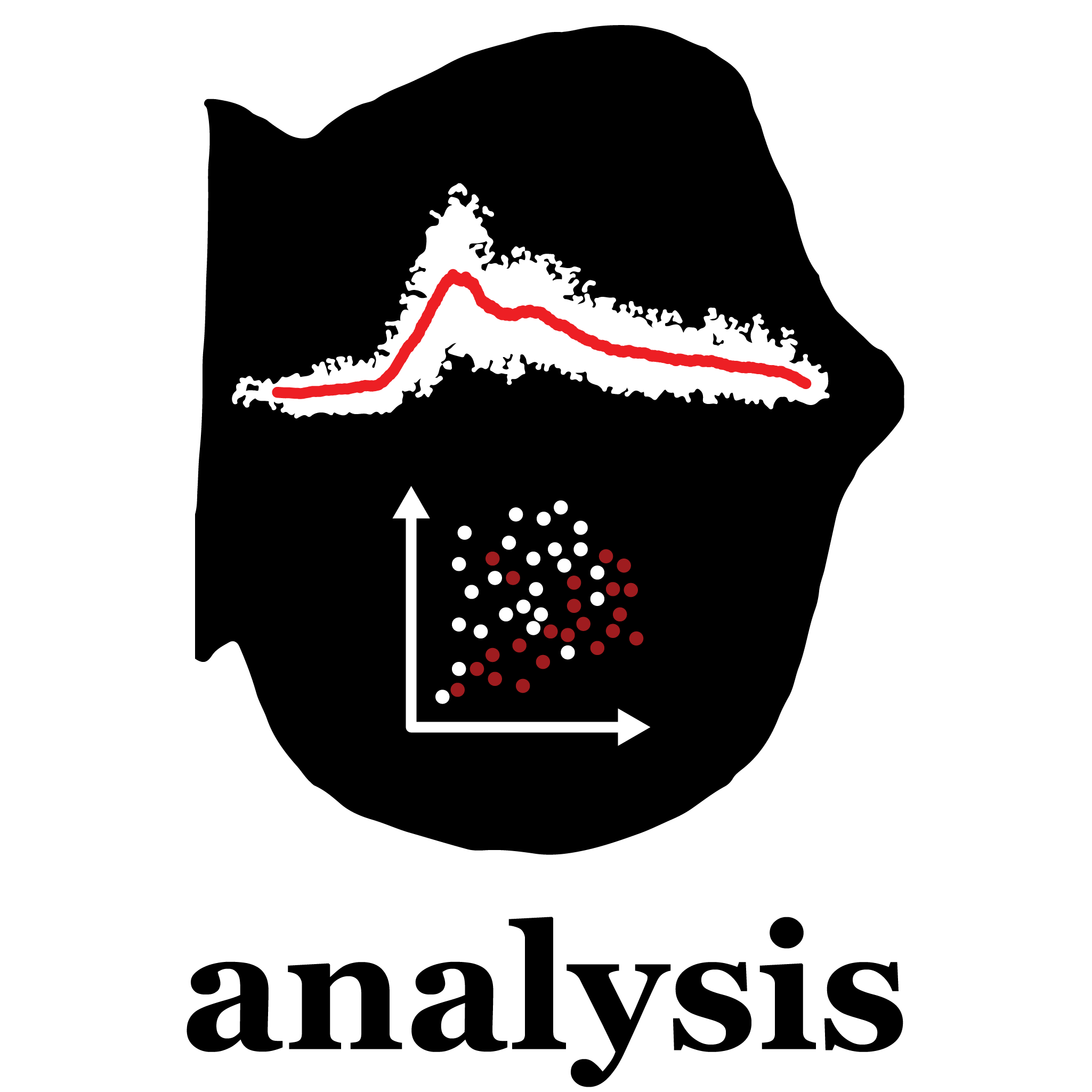from math import floor
import numpy as np
from pandas import Series
import scipy.stats as st
from scipy.signal import savgol_filter
import warnings
[docs]def savgol(x, window_size=100, polyorder=1):
"""
Perform Savitzky-Golay filtration of 1-D array.
Args:
x (np.ndarray) - ordered samples
window_size (int) - filter size
polyorder (int) - polynomial order
Returns:
trend (np.ndarray) - smoothed values
"""
# window size must be odd
if window_size % 2 == 0:
window_size += 1
window_size = int(window_size)
with warnings.catch_warnings():
# filter multidimensional indexing warning (fixed in scipy v1.2.0)
warnings.filterwarnings('ignore', category=FutureWarning)
# filter scipy gelsd warning
warnings.filterwarnings('ignore', message='^internal gelsd')
# apply savgol filter
trend = savgol_filter(x, window_size, polyorder=polyorder)
return trend
[docs]def get_running_mean(x, window_size=100):
"""
Returns running mean for a 1D vector. This is the fastest implementation, but is limited to one-dimensional arrays and doesn't permit interval specification.
Args:
x (np.ndarray) - ordered samples, length N
window_size (int) - size of window, W
Returns:
means (np.ndarray) - moving average of x
"""
cumsum = np.cumsum(np.insert(x, 0, 0))
return (cumsum[window_size:] - cumsum[:-window_size]) / window_size
[docs]def get_rolling_window(x, window_size=100, resolution=1):
"""
Return array slices within a rolling window.
Args:
x (np.ndarray) - ordered samples, length N
window_size (int) - size of window, W
resolution (int) - sampling interval
Returns:
windows (np.ndarray) - sampled values, N/resolution x W
"""
# use values from pandas series
if isinstance(x, Series):
x = x.values
shape = x.shape[:-1] + (floor((x.shape[-1] - window_size + 1)/resolution), window_size)
strides = x.strides[:-1] + (x.strides[-1]*resolution,) + (x.strides[-1],)
return np.lib.stride_tricks.as_strided(x, shape=shape, strides=strides)
[docs]def get_rolling_mean(x, **kw):
"""
Compute rolling mean. This implementation permits flexible sampling intervals and multi-dimensional time series, but is slower than get_running_mean for 1D time series.
Args:
x (np.ndarray) - ordered samples, length N
kw: arguments for window specification
Returns:
means (np.ndarray) - moving average of x, N/resolution x 1
"""
return get_rolling_window(x, **kw).mean(axis=-1)
[docs]def get_binned_mean(x, window_size=100):
"""
Returns mean values within non-overlapping sequential windows.
Args:
x (np.ndarray) - ordered samples, length N
window_size (int) - size of window, W
Returns:
means (np.ndarray) - bin means, N/W x 1
"""
return get_rolling_mean(x, window_size=window_size, resolution=window_size)
[docs]def apply_custom_roller(func, x, **kwargs):
"""
Apply function to rolling window.
Args:
func (function) - function applied to each window, returns 1 x N_out
x (np.ndarray) - ordered samples, length N
kwargs: keyword arguments for window specification
Returns:
fx (np.ndarray) - function output for each window, N/resolution x N_out
"""
windows = get_rolling_window(x, **kwargs)
return np.apply_along_axis(func, axis=-1, arr=windows)
[docs]def subsample(x, frac=1):
"""
Subsample array with replacement.
Args:
x (np.ndarray) - ordered samples, length N
frac (float) - sample size (fraction of array)
Returns:
sample (np.ndarray) - subsampled values
"""
return x[np.random.randint(0, len(x), size=floor(frac*len(x)))]
[docs]def bootstrap(x, func=np.mean, confidence=95, N=1000):
"""
Returns point estimate obtained by parametric bootstrap.
Args:
x (np.ndarray) - ordered samples, length N
func (function) - function applied to each bootstrap sample
confidence (float) - confidence interval, between 0 and 100
N (int) - number of bootstrap samples
Returns:
interval (np.ndarray) - confidence interval bounds
"""
point_estimates = [func(subsample(x)) for _ in range(N)]
q = (((100-confidence)/2), (100+confidence)/2)
return np.percentile(point_estimates, q=q)
[docs]def get_rolling_mean_interval(x,
window_size=100,
resolution=1,
confidence=95,
nbootstraps=1000):
"""
Evaluate confidence interval for moving average of ordered values.
Args:
x (np.ndarray) - ordered samples, length N
window_size (int) - size of window, W
resolution (int) - sampling interval
confidence (float) - confidence interval, between 0 and 100
nbootstraps (int) - number of bootstrap samples
Returns:
interval (np.ndarray) - confidence interval bounds, N/resolution x 2
"""
# define bootstrapping operation
f = lambda s: bootstrap(s, np.mean, confidence=confidence, N=nbootstraps)
# apply to moving windows
kw = dict(window_size=window_size, resolution=resolution)
interval = apply_custom_roller(f, x, **kw)
return interval
[docs]def get_rolling_gaussian(x, window_size=100, resolution=10):
"""
Returns gaussian fit within sliding window.
Args:
x (np.ndarray) - ordered samples
window_size (int) - size of window
resolution (int) - sampling interval
Returns:
model (scipy.stats.norm)
"""
# assemble sliding windows
kw = dict(window_size=window_size, resolution=resolution)
windows = get_rolling_window(x, **kw)
# fit gaussians
loc = windows.mean(axis=-1)
scale = np.sqrt(windows.var(axis=-1))
model = st.norm(loc=loc, scale=scale)
return model
[docs]def detrend_signal(x, window_size=99, order=1):
"""
Detrend and scale fluctuations using first-order univariate spline.
Args:
x (np array) -ordered samples
window_size (int) - size of interpolation window for lowpass filter
order (int) - spline order
Returns:
residuals (np array) - detrended residuals
trend (np array) - spline fit to signal
"""
# use odd window size
if window_size % 2 == 0:
window_size += 1
window_size = int(window_size)
# evaluate trend
trend = savgol(x, window_size=window_size, polyorder=order)
# evaluate residuals (catch warnings for invalid values)
with warnings.catch_warnings():
warnings.simplefilter("ignore")
residuals = x - trend
return residuals, trend

